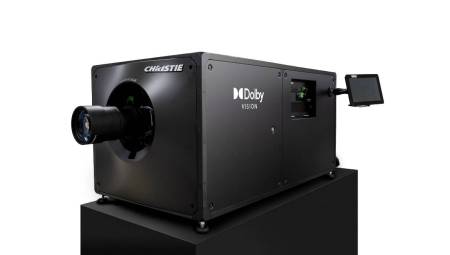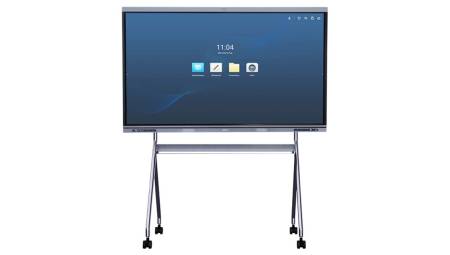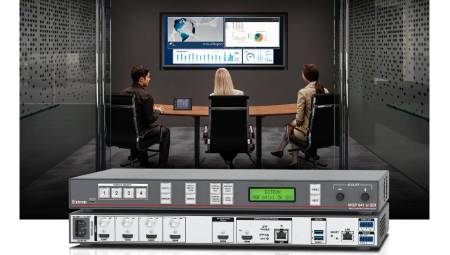 Mexico. Today, virtually all companies or even residences themselves make use of network connections. In addition to facilitating the execution of the most varied tasks, networks optimize spaces and are good examples of functionality, but as long as they have a total operation, because they usually present some failures.
Mexico. Today, virtually all companies or even residences themselves make use of network connections. In addition to facilitating the execution of the most varied tasks, networks optimize spaces and are good examples of functionality, but as long as they have a total operation, because they usually present some failures.
From the failure of a simple print, to interruptions in the transmission of Wi-Fi signal, any reason can despair the user who immediately looks for a specialist to solve their technology issues. That's why Comstor, one of the leading wholesalers of Cisco technology, pointed to five advanced troubleshooting tools for IT channels.
Network administrators need to be up-to-date in order to troubleshoot any issues that appear. It is necessary to know and understand all the processes, in the end, they can encounter simple problems such as, for example, the solution of the non-authentication of the network without cable or need to discover why the server and the end user are not connected. At that time, some strategies are fundamental and need external tools to speed up the discovery of the fault.
Some of the failures are:
1.- Protocols
Confirming whether all protocols are working properly is the first step in troubleshooting networks. For that, having a protocol analyzer is an alternative. This is very simple and practical, because it is a part of the software that intercepts and records data packets to be analyzed in order to see specific interactions between clients and servers. In practice, protocol analysis works as follows: If the computer has a slow connection to a server application, protocol analysis will identify latent communication problems or other problems that may be the root cause. Despite seeming complex, protocol analyzers are simple applications that can be installed on notebooks or network computers, using port distribution to connect specific data on a case-by-case basis.
2.- SNMP Monitoring
Simple Network Monitoring Protocol is the way to monitor infrastructure equipment. In enterprises, such tools monitor the integrity of specific network devices and interfaces. And when a problem is identified, network engineers are informed quickly, which helps find the cause of the problem. Using SNMP build tools helps create a traffic baseline. And when that traffic undergoes some alteration it is automatically communicated, able to give a complete indication of the exact place where the problem occurred.
3.- NetFlow analysis
That protocol is used to connect IP network traffic, with the goal of creating a general picture of individual traffic flows. NetFlow can quickly track applications and host cores, as well as movements in network behavior by detecting problems, such as peaks in bandwidth oscillation.
4.- Manage centralized records
It is a problem-solving technique widely used in companies, due to its useful and simple procedure to perform. Data logging is a process of relevant events in a system that can be used to restore the original state of one of these or to let a specialist know its behavior in the past. The administration tools store the information in a central folder, speeding up the detection of problems, even the most complex ones.
5.- Wi-Fi connection
A highly reliable, secure wireless Internet network with good connection speed can be an excellent troubleshooting tool. In the end, this has become the primary method of connectivity for end-user network access. That's just one reason it's causing professionals in the area to be pressured to maintain highly reliable and ubiquitous wireless connectivity. The reason is simple: since Wi-Fi has the use of unlicensed frequency spectra, which are prone to interference from everything such as cordless phones, microwave devices, wireless headphones and even the walls of the environment, getting to track problems in the network is not an easy and simple task. It is necessary to have Wi-Fi analyzers that will allow network administrators to identify signal bottlenecks, offering the best solution to solve the issue.















